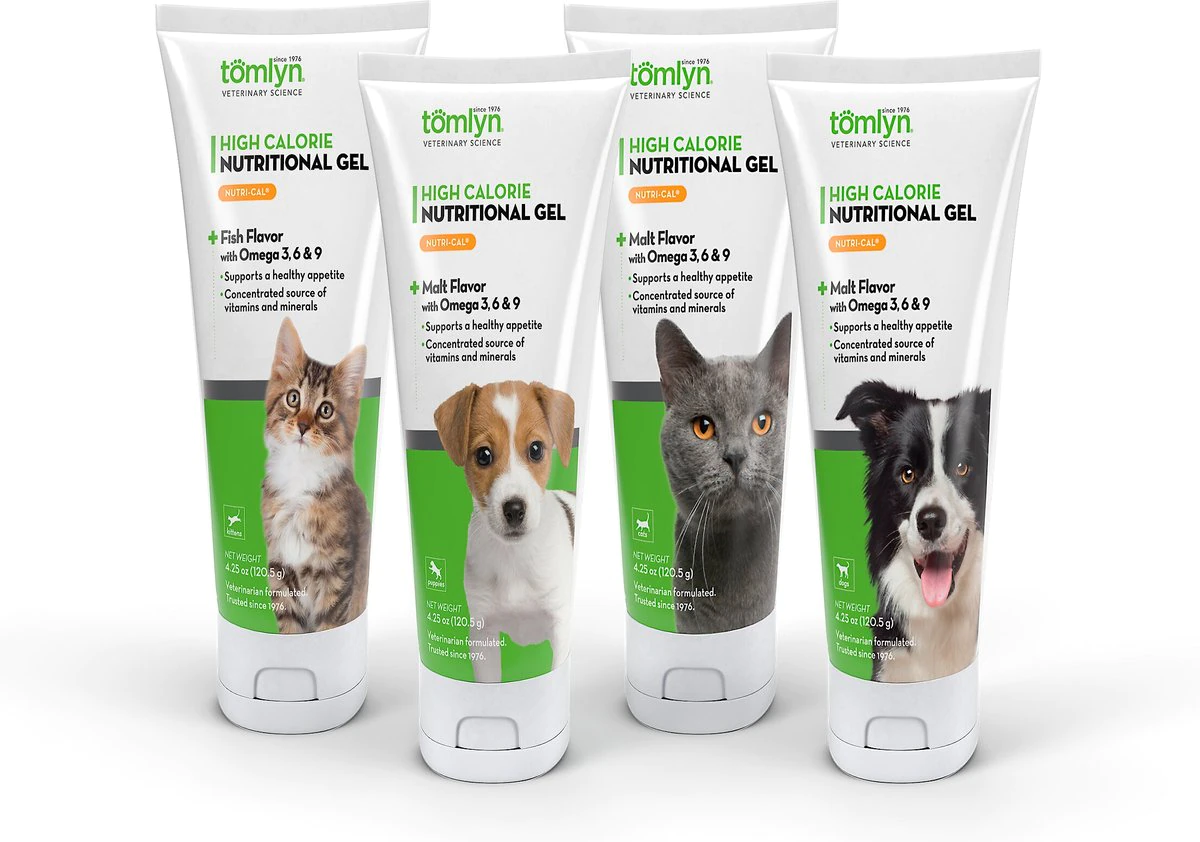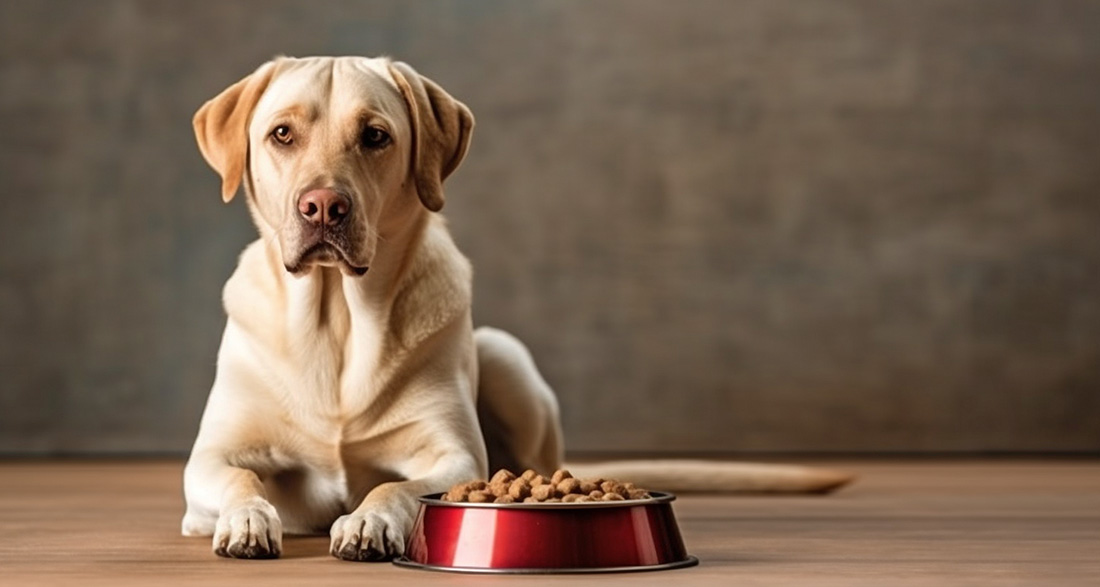What you can do if your senior dog eats too little or refuses to eat altogether.
iHugDogs is reader-supported. All of the links below may be paid affiliate links, where we receive a small commission on a product at no additional cost to you.
Older dogs have lower energy requirements as they are not as active. Therefore, it is quite normal for an old dog to have a little less appetite.
However, if an old dog eats very reluctantly and too little for an extended period, confusion and concern quickly arise. Especially if, in its younger years, it used to “inhale” its food and now shows no joy when you present a deliciously filled bowl.
What could be the reasons for loss of appetite in old dogs?
The lack of interest in food can have various causes. Here are some examples:
- Nausea due to illness or a new medication
- Toothaches, tartar, inflamed gums, or an injury in the oral cavity
- Discomfort or pain
- Diseases of the stomach, liver, or kidneys
- Constipation
- Age-related decline in sense of smell and taste
- Dementia – the dog no longer remembers if it has eaten
- Increasing stiffness makes it difficult to reach the bowls
What dangers exist for the dog in connection with loss of appetite?
If a dog refuses to eat for an extended period, it can have negative consequences for its health:
- Weight loss
- Dehydration if it also drinks too little (life-threatening!)
- General weakness and lethargy
Should a dog refusing to eat be presented to the vet?
Yes – in any case, you should have the veterinarian determine whether a treatable illness is the cause of the dog’s loss of appetite. If this is the case, your vet will discuss the further steps with you.
If the dog is organically healthy – how can you make its food appetizing again?
If your vet couldn’t find any illness causing the lack of appetite (which is hopefully the case), then you face the challenge of getting your furry friend to eat again.
There is no one-size-fits-all solution, but you could try the following measures:
- Wet food can be dried in the oven and fed like treats; this works wonders for some dogs. If you take these treats (or possibly the dry food) in a suitable treat bag on walks and feed on the go, the food gets a completely new appeal.
- Add variety to the food bowl – every meal becomes a surprise for the dog.
- Feed at different times than usual.
- Give part of its meal in a Kong or another food-dispensing toy.
- If your dog eats dry food, enrich it with some warm water.
- You can also warm up wet food with 2-3 tablespoons of hot water. This makes it smell and taste more intense.
- Several smaller meals a day: If your dog has only been fed once or twice a day, try if it prefers several smaller meals (older dogs often feel full faster).
- Feed your dog by hand.
- If your dog has to take medication and it was previously mixed with its food, it may be that it no longer likes the slightly altered taste. Give it the medicine independently of feeding with some cream cheese or a small piece of sausage or liverwurst.
- Raised bowls make it easier to reach the food.
- Feed after a walk or play with the dog before the meal – both stimulate the appetite.
- Mix something tasty into the food. These could be, for example, a few pieces of cooked meat or carrots, cottage cheese, quark, or low-fat natural yogurt, a few drops of salmon oil, cooked rice, etc.

As a short-term replacement for food when the dog refuses to eat anything at all, this gel is suitable. It contains all the essential nutrients and has an appetite-stimulating effect.
What worked for us:
At around 15 years old, Terri had a long phase of loss of appetite. After many attempts, I found HIS secret recipe: Cook chicken legs with 2 diced carrots like a chicken soup, remove the meat from the bones, and put it back into the soup. Then, spoon several spoonfuls over the food so that there is also enough liquid. Since then, he dove back into his food bowl. Occasionally, there was still a day when that didn’t entice him. I simply didn’t give him any food the next day but only twice a day a soft chew stick with his tablets (which he had to take daily). The next day, the joy over a deliciously filled bowl was enormous!
Conclusion
From personal experience, I know: It is a real challenge to encourage an old dog that refuses to eat. I hope and wish that with the suggestions above, you can also stimulate YOUR fur nose to eat again.


